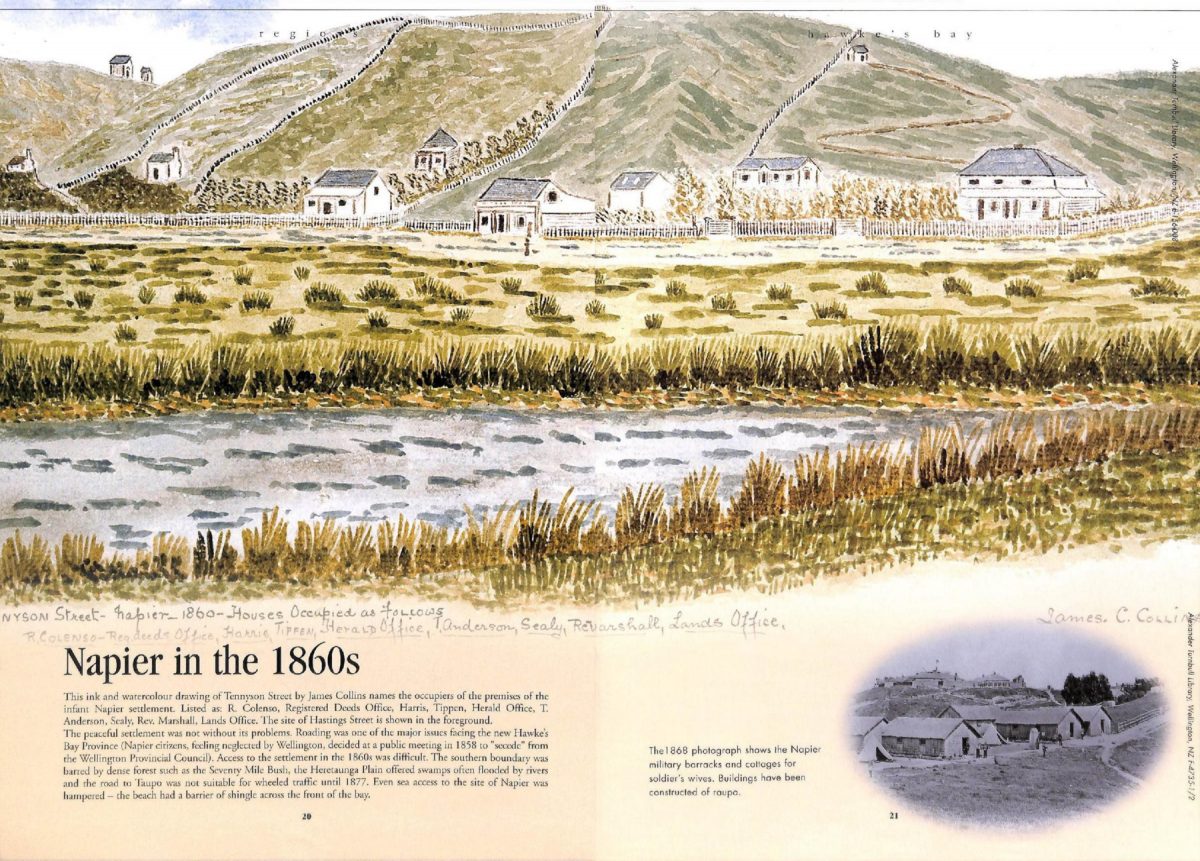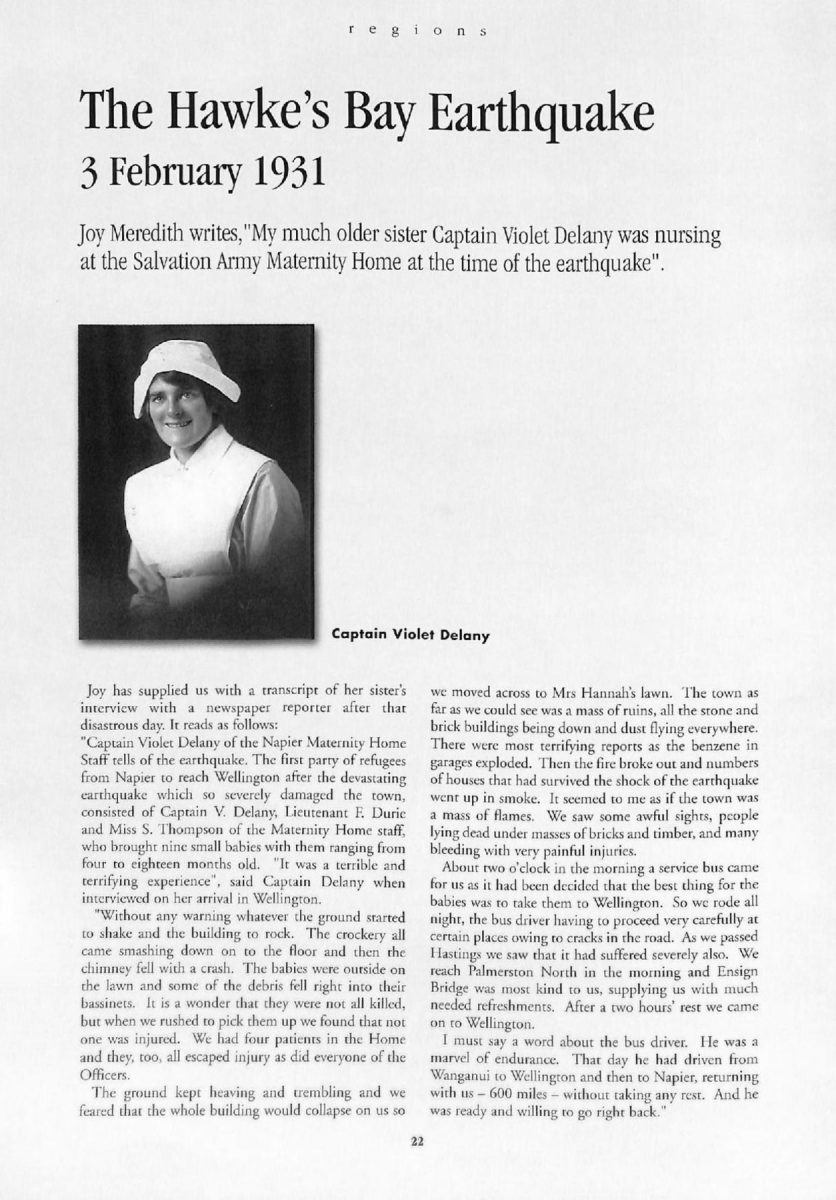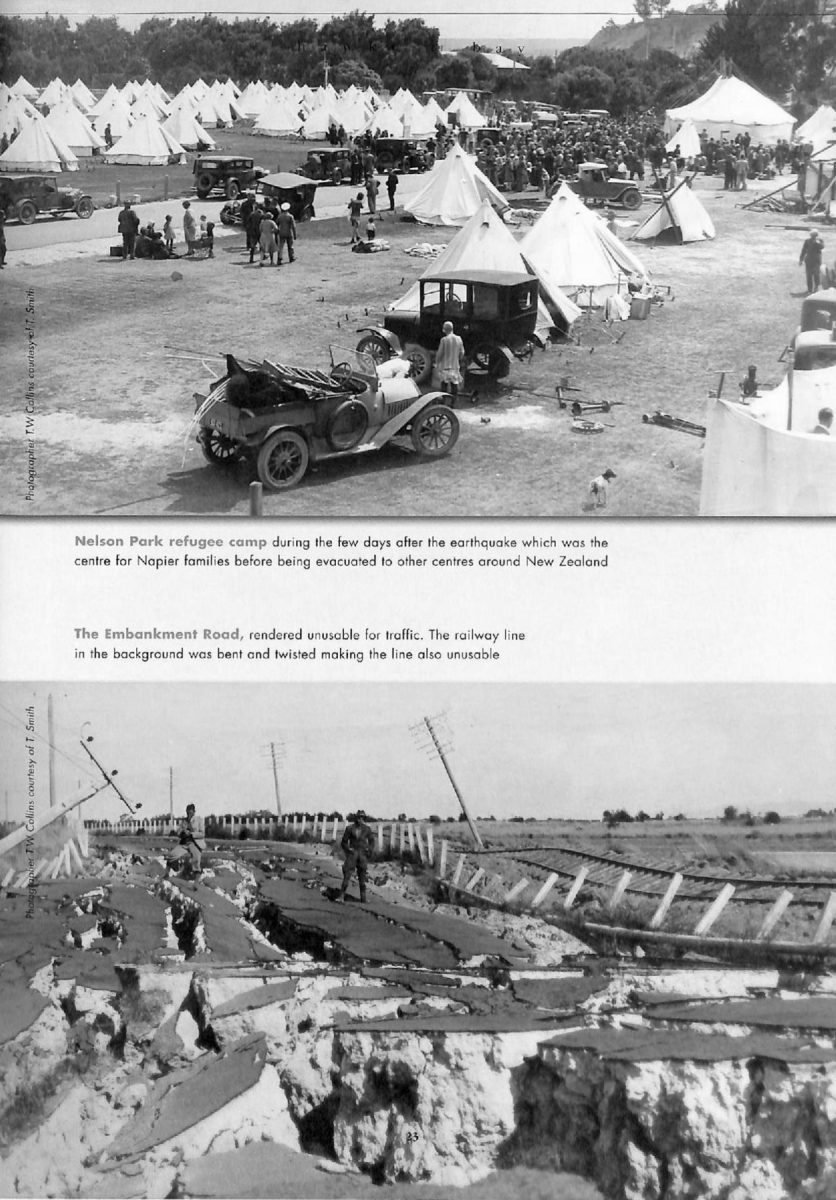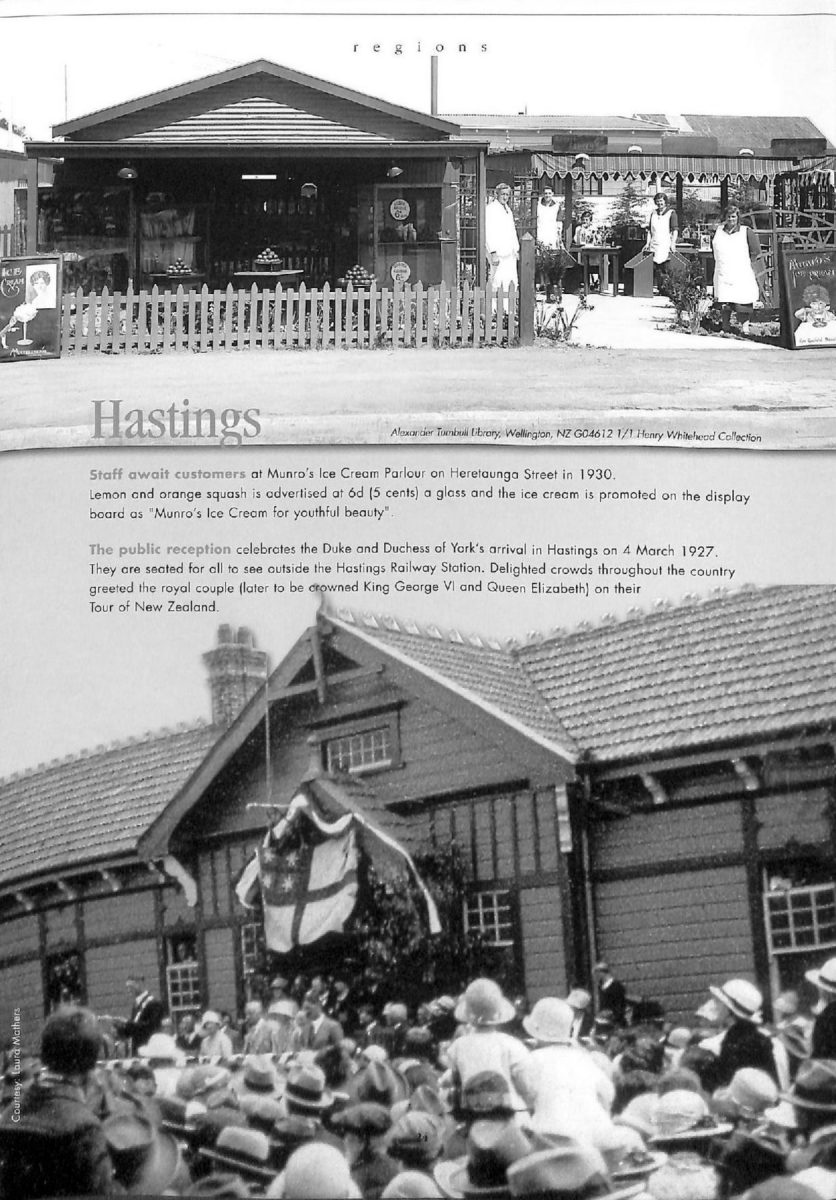Page 22
regions
The Hawke’s Bay Earthquake
3 February 1931
Joy Meredith writes, “My much older sister Captain Violet Delany was nursing at the Salvation Army Maternity Home at the time of the earthquake”.
Joy has supplied us with a transcript of her sister’s interview with a newspaper reporter after that disastrous day. It reads as follows:
“Captain Violet Delany of the Napier Maternity Home Staff tells of the earthquake. The first party of refugees from Napier to reach Wellington after the devastating earthquake which so severely damaged the town, consisted of Captain V. Delany, Lieutenant F. Durie and Miss S. Thompson of the Maternity Home staff, who brought nine small babies with them ranging from four to eighteen months old. “It was a terrible and terrifying experience”, said Captain Delany when interviewed on her arrival in Wellington.
“Without any warning whatever the ground started to shake and the building to rock. The crockery all came smashing down on to the floor and then the chimney fell with a crash. The babies were outside on the lawn and some of the debris fell right into their bassinets. It is a wonder that they were not all killed, but when we rushed to pick them up we found that not one was injured. We had four patients in the Home and they, too, all escaped injury as did everyone of the Officers.
The ground kept heaving and trembling and we feared that the whole building would collapse on us so we moved across to Mrs Hannah’s lawn. The town as far as we could see was a mass of ruins, all the stone and brick buildings being down and dust flying everywhere. There were most terrifying reports as the benzene in garages exploded. Then the fire broke out and numbers of houses that had survived the shock of the earthquake went up in smoke. It seemed to me as if the town was a mass of flames. We saw some awful sights, people lying dead under masses of bricks and timber, and many bleeding with very painful injuries.
About two o’clock in the morning a service bus came for us as it had been decided that the best thing for the babies was to take them to Wellington. So we rode all night, the bus driver having to proceed very carefully at certain places owing to cracks in the road. As we passed Hastings we saw that it had suffered severely also. We reach Palmerston North in the morning and Ensign Bridge was most kind to us, supplying us with much needed refreshments. After a two hours’ rest we came on to Wellington.
I must say a word about the bus driver. He was a marvel of endurance. That day he had driven from Wanganui to Wellington and then to Napier, returning with us – 600 miles – without taking any rest. And he was ready and willing to go right back. ”
Photo caption – Captain Violet Delany

















